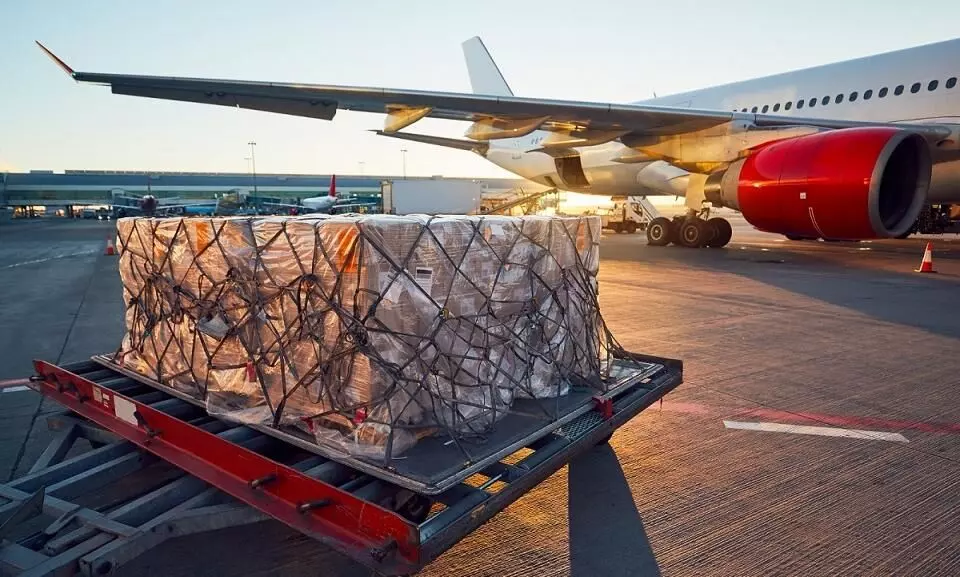
Air cargo shows signs of improvement in February: IATA
Global demand dropped 7.5%, half the rate of decline seen in previous two months (-14.9% and -15.3%, respectively)

Global demand, measured in cargo tonne-kilometres (CTKs), dropped 7.5 percent in February compared to February 2022 (-8.3 percent for international operations), according to data from The International Air Transport Association (IATA).
"This was half the rate of annual decline seen in the previous two months (-14.9 percent and -15.3 percent, respectively). February demand for air cargo was 2.9 percent higher than pre-pandemic levels (February 2019) — the first time it has surpassed pre-pandemic levels in eight months."
Capacity (measured in available cargo tonne-kilometres, ACTK) was up 8.6 percent compared to February 2022. "The strong uptick in ACTKs reflects the addition of belly capacity as the passenger side of the business continues to recover. International belly capacity increased 57 percent in February, reaching 75.1 percent of the 2019 (pre-pandemic) capacity."
Willie Walsh, Director General, IATA says: "The story of air cargo in February is one of slowing declines. Year-on-year demand fell by 7.5 percent - half the rate of decline experienced in January. This shifting of gears was sufficient to boost the overall industry into positive territory (+2.9 percent) compared to pre-pandemic levels. An optimistic eye could see the start of an improvement trend that leads to market stabilisation and a return to more normal demand patterns after dramatic ups-and-downs in recent years."
February regional performance
Asia-Pacific airlines saw volumes decrease six percent in February 2023 compared to the same month in 2022. This was a significant improvement in performance compared to January (-19 percent), the update added. "Airlines in the region benefited from China’s reopening, which saw restrictions lifted and economic activities resume. Available capacity in the region increased by 19.9 percent compared to February 2022 as more and more belly capacity came online from the passenger side of the business."
North American carriers posted a 3.2 percent decrease in volumes - "a solid improvement in performance compared to January (-8.7 percent). The region saw a significant increase in international demand in February which boosted its market share in international cargo traffic to beyond pre-pandemic levels (21.7 percent in Feb 2023 versus 18.2 percent in Feb 2019). Capacity increased 2.8 percent compared to February 2022."
European carriers saw the weakest performance of all regions with a 15.3 percent decrease in volumes compared to the same month in 2022. "This was an improvement in performance compared to January (-20.4 percent). Airlines in the region continue to be most affected by the war in Ukraine. Capacity decreased 1.5 percent."
Middle Eastern carriers reported an 8.1 percent year-on-year decrease in cargo volumes in February 2023. This was a slight improvement to the previous month (-11.8 percent). Capacity increased 9.3 percent compared to February 2022.
Latin American carriers reported a 2.7 percent decrease in volumes, a drop in performance compared to January which saw an increase of 4.6 percent. Capacity in February was up 27.6 percent compared to the same month in 2022.
African airlines saw volumes decrease by 3.4 percent in February, an improvement in performance compared to the previous month (-9.5 percent). The Africa to Asia route area experienced significant demand growth in February, up 39.5 percent year-on-year. Capacity was 4.7 percent above February 2022 levels.

